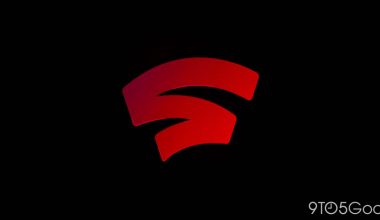The Xiaomi 12S Ultra, the company’s newest flagship Android smartphone, was just released today, however it is only available in China.
The Xiaomi 12S, 12S Pro, and 12S Ultra are the three devices that make up the Xiaomi 12S lineup.
The Snapdragon 8 Gen 1 chipset, a photographic relationship with Leica, and premium build quality are shared by all three devices. But every gadget varies a little bit.
The Xiaomi 12S offers a 6.28-inch FHD display, 8GB or 12GB of RAM, and 128/256/512GB of storage, depending on the model. The phone’s 4,500 mAh battery provides up to 67W of wired fast charging and 50W of wireless fast charging. A 50MP primary sensor plus a 13MP ultrawide and 5MP telephoto lens make up the camera array.
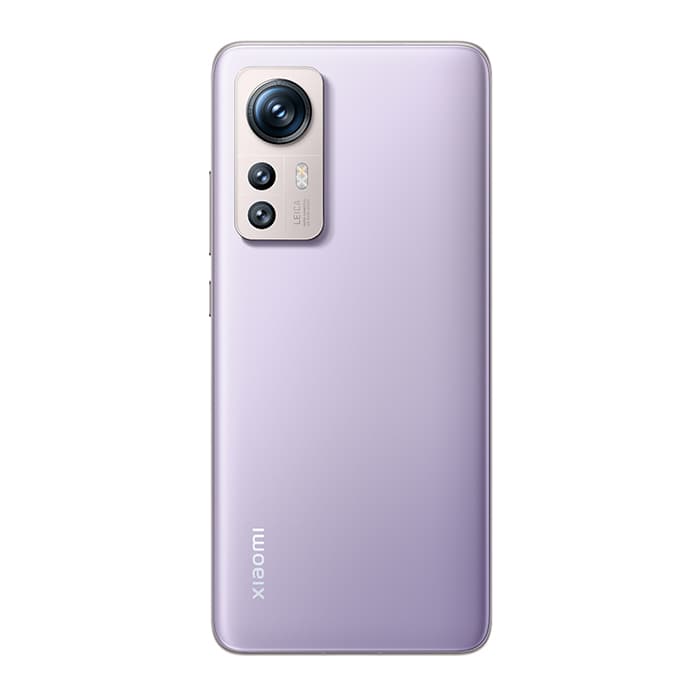
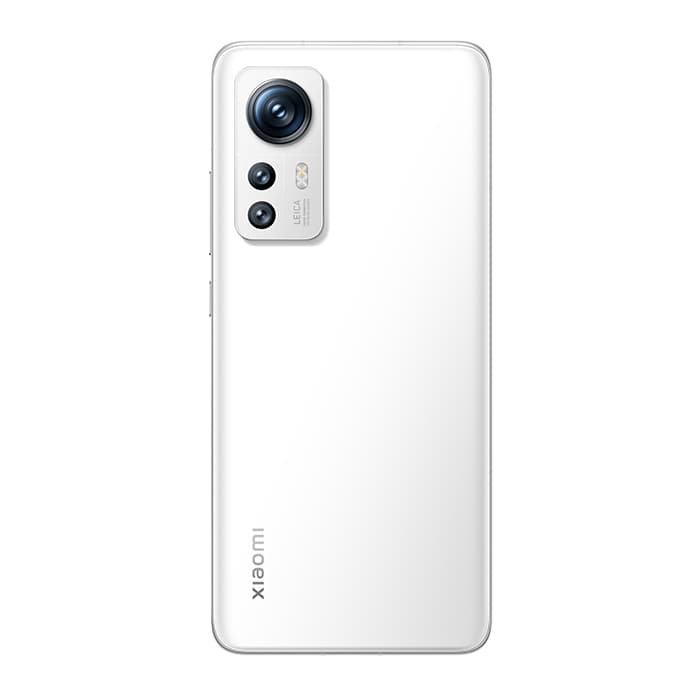
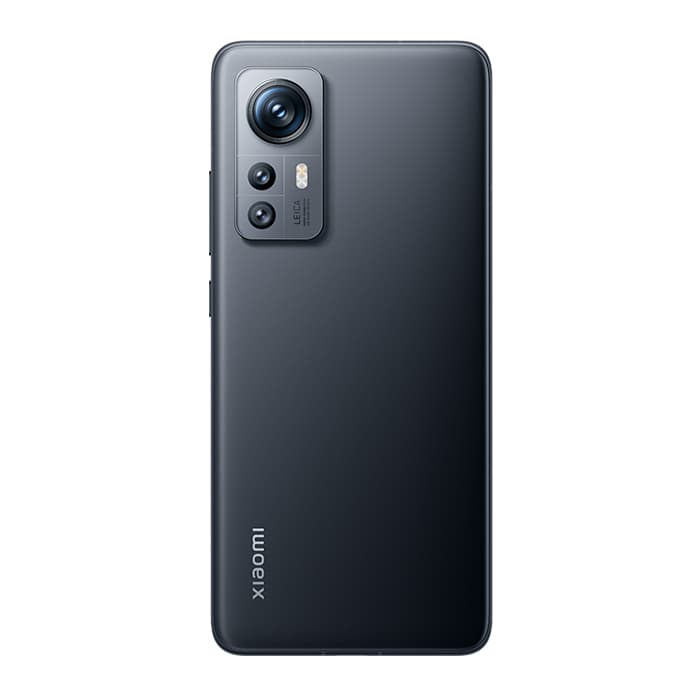
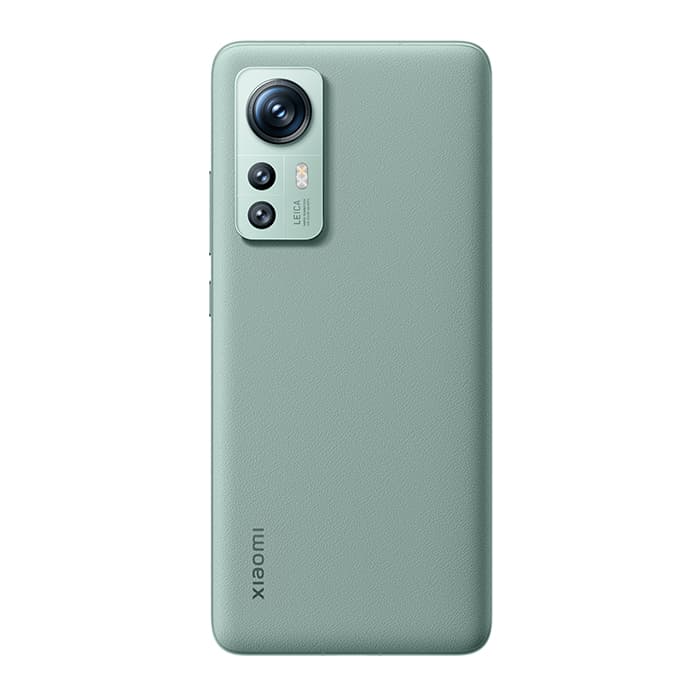
The Xiaomi 12S in each of its four hues When switching to the Pro model, you’ll find a slightly larger 6.73-inch screen, a 4,600 mAh battery (120W wired, 50W wireless), as well as an improved camera. For regular, ultrawide, and telephoto lens lengths, there are three 50MP sensors. There is a 32MP selfie camera on both phones.
Both also include Leica co-branding, a well-known camera company that has already loaned its name to Huawei. Xiaomi claims that Leica and it jointly developed the cameras for these smartphones.
Additionally, the display switches from a regular 120Hz AMOLED panel on the cheaper model to an LPTO AMOLED panel at 120Hz.
The Xiaomi 12S Pro also comes in an version model, which substitutes MediaTek’s Dimensity 9000 chipset for Qualcomm’s.
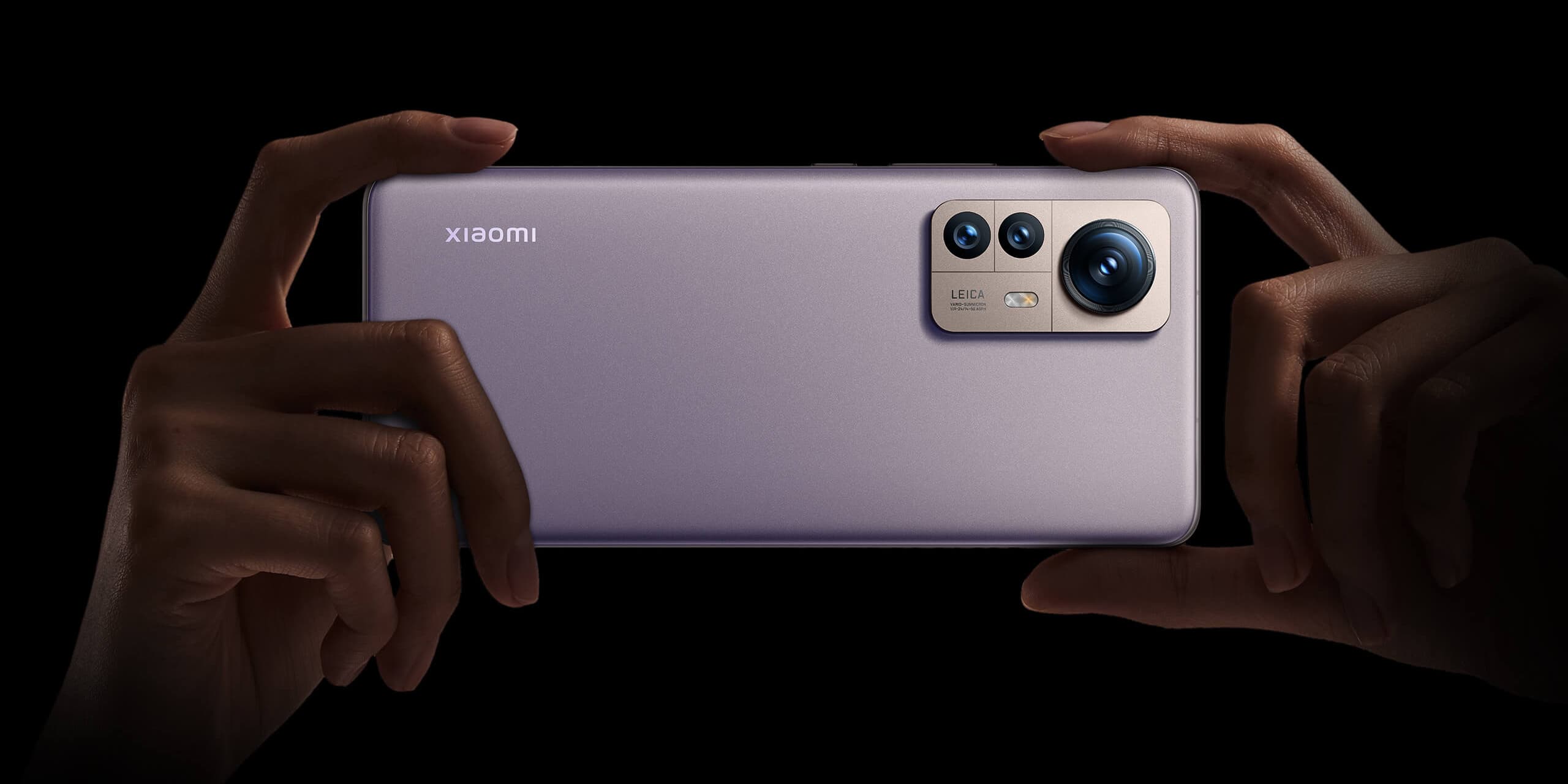
However, the Xiaomi 12S Ultra, the company’s flagship model, is the big draw here. The primary goal of this premium smartphone is to be the best piece of mobile camera gear.
Xiaomi uses Sony’s IMX989 50.3MP camera sensor, a massive 1-inch sensor, in addition to the Snapdragon 8 Gen 1 processor, 8/12GB RAM, 256/512GB storage, 6.73-inch QHD AMOLED display, 67W charging, and IP68 water resistance. The IMX989, which Sony recently launched this month, is one of the largest photo sensors ever made for mobile devices. Of course, it’s not the first either; a few other devices have 1-inch sensors. Better bokeh and light capture are the main advantages of such a huge physical sensor. Results will often resemble what can be captured by a conventional point-and-shoot camera. Sony itself employs a 1-inch sensor in its RX100 series camera.
Lecia contributes the 8P element lens and its coating to support the sensor. Additionally, the program has unique Leica Authentic Look and Leica Vibrant Look choices.
But in addition to the main sensor, the Xiaomi 12S Ultra also includes a 48MP periscope telephoto lens and a 48MP ultrawide sensor.
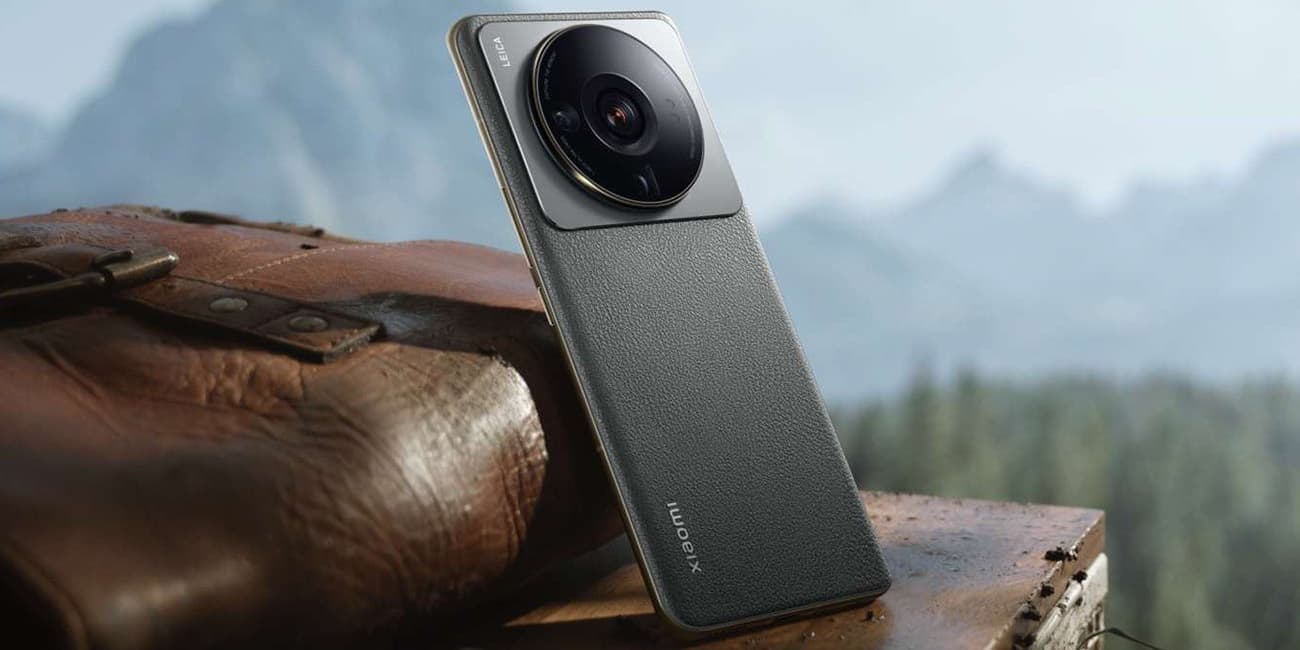
As the first Android phone to enable Dolby Vision HDR recording with 10-bit h.265 films that may be recorded in HLG, the Xiaomi 12S Ultra also supports Dolby Vision HDR playback.
All three devices come pre-installed with MIUI 13 from Xiaomi and Android 12.
The real snag here, though, is that Xiaomi has no intentions to make the phone available outside of China. According to Richard Lei of Engadget China reports , Xiaomi typically releases an international version of its flagship smartphones for Europe and other regions of Asia.
The Xiaomi 12S family has three price tiers, with the 12S costing CNY 4,000, the Pro costing CNY 4,700, and the Ultra costing CNY 5,999.
FTC: We employ income-generating auto affiliate connections. MORE ON XIAOMI. More.
Check out 9to5Google on YouTube for more news:







